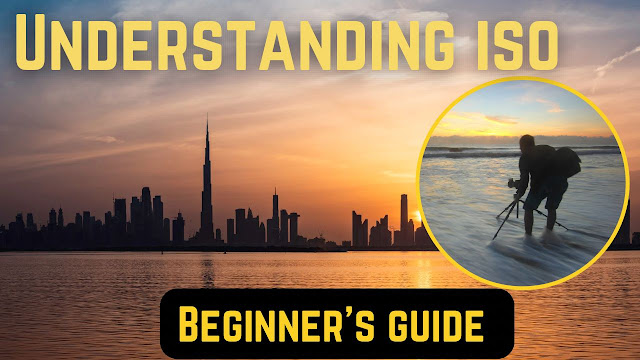
In this article I will share all the essential tips, common values and secrets of ISO performance.

What Is ISO?
ISO is one part of the great Triangle of Photography, the other two being Aperture and Shutter Speed.
See ISO like a mapping that directs the camera to how bright the output image should be. It controls the camera sensor’s sensitivity to light. The acronym ISO stands for ‘International Organization For Standardization.
When used carefully, ISO can ensure amazing pictures that are clean, sharp and visually captivating.

Range of ISO Values
Every camera has a different range of ISO values, the normal range of cameras ISO is about 100-1600 ISO.
However with growth in technology new age cameras can go as low to 50 ISO and as high as over 3,000,000.
A lower ISO range means less sensitivity to light, while a higher ISO range means high sensitivity to light. This simply means the more you increase your ISO the brighter your image becomes and the lower you reduce your ISO the less light your image gets and becomes darker.
How To Change ISO?
To change ISO in most DSLR cameras and mirrorless cameras you need to go to camera settings and find the ISO settings, while most cameras have a specific ISO button.
Once you get to locate it you can use the + or – to either increase or reduce ISO respectively, remember to press the menu button after adjusting your ISO to save settings.

Understanding ISO and Noise Visibility
Noise in photography refers to a certain type of visual distortion, it looks similar to grains found in film photography. An image with noise can cause distraction to viewers’ attention, making them focus on the grainy particles on the image instead of the actual content of the image.
Although Noise is generally considered undesirable some photographers infuse it as a style or art in photography.
The higher you increase your ISO the more your image is prone to have the grainy or noise effect. So in case you would love to infuse noise as a style in creating artistic pictures don’t forget to crank up that ISO.

Low ISO
When to use Low ISO:
When taking pictures in good light conditions or brighter light scenes you should use low ISO to avoid grains in your image. Also when taking landscape pictures or static pictures you can avoid using low ISO.
Even in dim or dark scenes you can use low ISO by complimenting by using a long Shutter speed provided your camera is mounted on a tripod in this case you can better avoid camera shakes. However keep in mind that with a long shutter speed anything moving in your image produces motion blur.
When shooting in lower ISO you can often capture images with more wider range in tones and color, and also images often have better sharpness and more details than higher ISO.

High ISO
When to use High ISO:
Higher ISO is needed in low light conditions, when you increase your ISO it enables your camera to be more sensitive to light.
If you choose to shoot action shots in low light, higher ISO can help you achieve this along with a faster shutter speed to freeze motion.

In conclusion, ISO is a key player in photography, deciding how sensitive a camera is to light. It’s not just about technical numbers; it’s a way to tell stories through light and shadows. As a technical advantage ISO evolves, pushing the boundaries of what’s possible.


Pingback: How I Learned Photography “How To Become A Photographer”